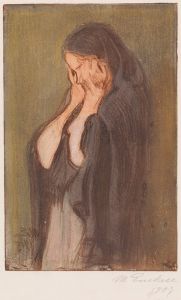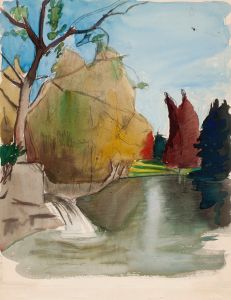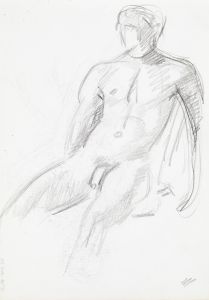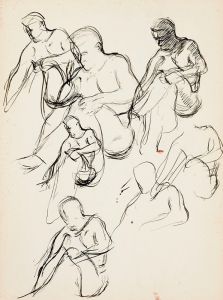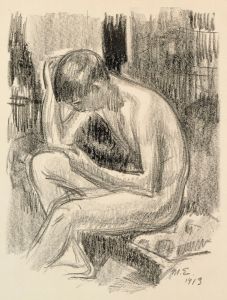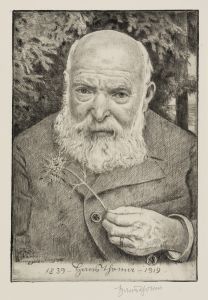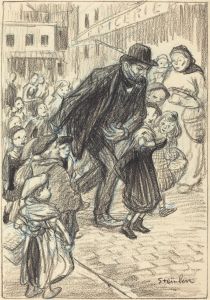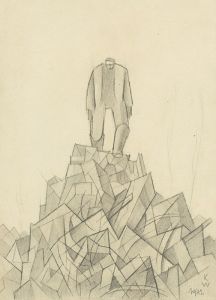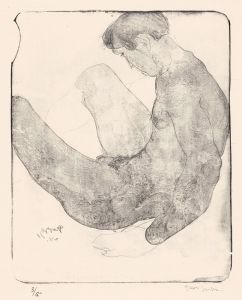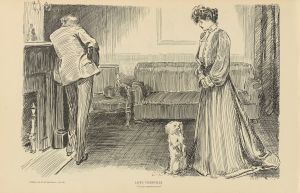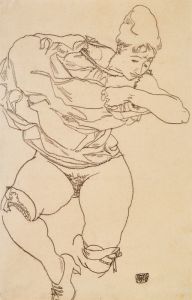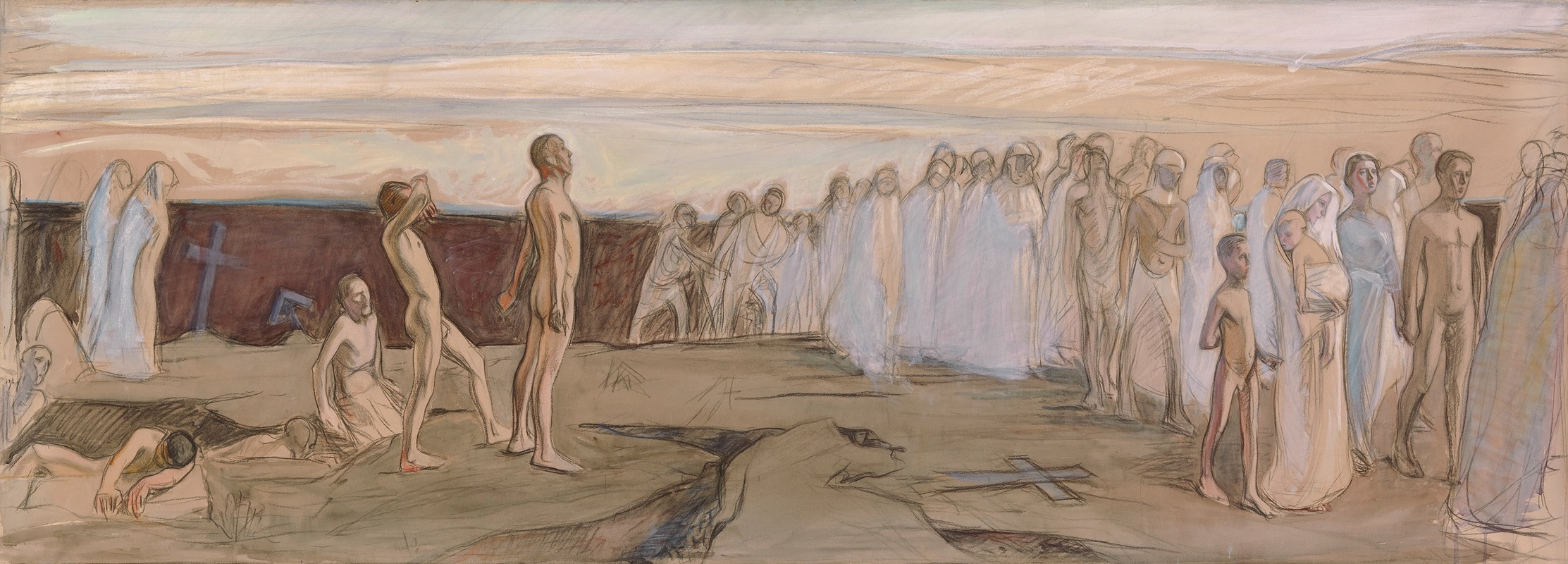
Resurrection
A hand-painted replica of Magnus Enckell’s masterpiece Resurrection, meticulously crafted by professional artists to capture the true essence of the original. Each piece is created with museum-quality canvas and rare mineral pigments, carefully painted by experienced artists with delicate brushstrokes and rich, layered colors to perfectly recreate the texture of the original artwork. Unlike machine-printed reproductions, this hand-painted version brings the painting to life, infused with the artist’s emotions and skill in every stroke. Whether for personal collection or home decoration, it instantly elevates the artistic atmosphere of any space.
Magnus Enckell's Resurrection is a significant work by the Finnish Symbolist painter, completed in 1894. Enckell, a prominent figure in Finnish art, was known for his exploration of Symbolism and his focus on themes of spirituality, human emotion, and the inner life. Resurrection is one of his early masterpieces and reflects his interest in the Symbolist movement, which sought to express abstract ideas and emotions through symbolic imagery.
The painting depicts a group of nude male figures rising from their graves, symbolizing spiritual awakening and renewal. The figures are rendered in a simplified and idealized style, emphasizing their physicality and emotional expression. The composition is dominated by muted tones and a soft, diffused light, creating a dreamlike and contemplative atmosphere. The work reflects Enckell's fascination with themes of rebirth and transcendence, which were central to Symbolist art and literature of the late 19th century.
Resurrection was created during a period when Enckell was heavily influenced by the Symbolist movement in Europe, particularly the works of French artists such as Pierre Puvis de Chavannes. The painting also reflects Enckell's interest in classical antiquity and the human form, which he studied during his travels in Paris and Italy. His use of nude figures in Resurrection was groundbreaking in Finnish art at the time and marked a departure from the more conservative artistic traditions of the region.
The painting was first exhibited in 1894 and received mixed reactions from critics and audiences. While some praised its innovative approach and spiritual depth, others were unsettled by its unconventional subject matter and the use of nudity. Despite this, Resurrection is now considered a landmark in Finnish art history and a key example of Enckell's early work.
Today, Resurrection is housed in the Ateneum Art Museum in Helsinki, Finland, where it remains an important part of the museum's collection. The painting is celebrated for its contribution to the development of modern art in Finland and its role in introducing Symbolist ideas to a Finnish audience. Magnus Enckell continued to explore similar themes throughout his career, solidifying his reputation as one of Finland's most influential artists.





